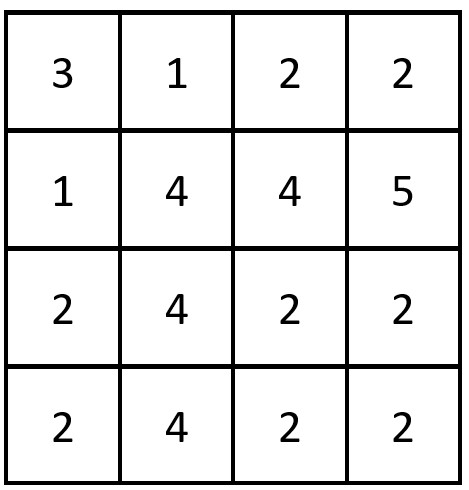Grid in N^3
This actually is a simpler problem then it looks. Given the limit for N is O(10^2), an N^3 solution brings us to O(10^6), which is very tractable. Three nested loops (and a hash table) would do it. Code is down below, cheers, ACC.
Equal Row and Column Pairs - LeetCode
2352. Equal Row and Column Pairs
Medium
Given a 0-indexed n x n integer matrix grid, return the number of pairs (Ri, Cj) such that row Ri and column Cj are equal.
A row and column pair is considered equal if they contain the same elements in the same order (i.e. an equal array).
Example 1:

Input: grid = [[3,2,1],[1,7,6],[2,7,7]] Output: 1 Explanation: There is 1 equal row and column pair: - (Row 2, Column 1): [2,7,7]
Example 2:

Input: grid = [[3,1,2,2],[1,4,4,5],[2,4,2,2],[2,4,2,2]] Output: 3 Explanation: There are 3 equal row and column pairs: - (Row 0, Column 0): [3,1,2,2] - (Row 2, Column 2): [2,4,2,2] - (Row 3, Column 2): [2,4,2,2]
Constraints:
n == grid.length == grid[i].length1 <= n <= 2001 <= grid[i][j] <= 105
public int EqualPairs(int[][] grid)
{
int retVal = 0;
for (int r = 0; r < grid.Length; r++)
{
Hashtable colBlockListed = new Hashtable();
for (int c = 0; c < grid[r].Length; c++)
{
for (int c1 = 0; c1 < grid[r].Length; c1++)
{
if (grid[r][c] != grid[c][c1])
{
if (!colBlockListed.ContainsKey(c1)) colBlockListed.Add(c1, true);
}
}
}
retVal += (grid[r].Length - colBlockListed.Count);
}
return retVal;
}



Comments
Post a Comment